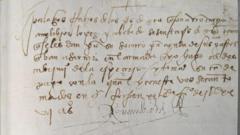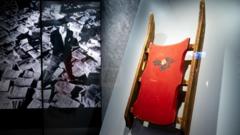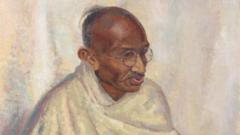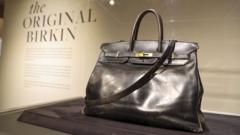Amidst rising global scrutiny, countries have begun addressing the return of looted treasures, with various institutions slowly reuniting artifacts with their originating cultures. As India asserts its claim, the case reflects ongoing efforts to confront past injustices and redefine the narrative surrounding the ownership of priceless cultural heritage.
The jewels are delicate, some just millimeters in length, arranged in intricate patterns of circles and lines. Taken from British-occupied India in 1898, the jewels were discovered alongside bone and ash, said to be the remains of Buddha. The collection is perhaps one of the holiest relics in contemporary religion. Now, it is up for sale, igniting a legal battle between the government of India and Sotheby’s, the international auction house set to sell the religious treasures in an auction. The artifacts are being auctioned on behalf of the English descendants of the explorer who dug them up more than 120 years ago.
On Monday, the Indian Ministry of Culture issued a legal order, stating that the relics should be returned to India for “preservation and religious veneration.” This sale raises uncomfortable questions that have long troubled post-imperial nations: How should priceless relics plundered generations ago from once-occupied territories be treated in today's world? “We’re in this movement that’s long overdue, to rethink the status of culturally significant artwork,” emphasized Ashley Thompson, a professor of Southeast Asian art at the University of London. “Who do they belong to? What are they worth? Can they even be considered as commodities?”
Other countries have grappled with similar dilemmas in recent years. Some American institutions have initiated the process of returning relics to Indigenous tribes. Various museums in the Netherlands have repatriated colonial-era artifacts to nations such as Nigeria and Sri Lanka. In Britain, museums have started to gradually return looted items, particularly those linked to Buddhist burial traditions.
The jewels are delicate, some just millimeters in length, arranged in intricate patterns of circles and lines. Taken from British-occupied India in 1898, the jewels were discovered alongside bone and ash, said to be the remains of Buddha. The collection is perhaps one of the holiest relics in contemporary religion. Now, it is up for sale, igniting a legal battle between the government of India and Sotheby’s, the international auction house set to sell the religious treasures in an auction. The artifacts are being auctioned on behalf of the English descendants of the explorer who dug them up more than 120 years ago.
On Monday, the Indian Ministry of Culture issued a legal order, stating that the relics should be returned to India for “preservation and religious veneration.” This sale raises uncomfortable questions that have long troubled post-imperial nations: How should priceless relics plundered generations ago from once-occupied territories be treated in today's world? “We’re in this movement that’s long overdue, to rethink the status of culturally significant artwork,” emphasized Ashley Thompson, a professor of Southeast Asian art at the University of London. “Who do they belong to? What are they worth? Can they even be considered as commodities?”
Other countries have grappled with similar dilemmas in recent years. Some American institutions have initiated the process of returning relics to Indigenous tribes. Various museums in the Netherlands have repatriated colonial-era artifacts to nations such as Nigeria and Sri Lanka. In Britain, museums have started to gradually return looted items, particularly those linked to Buddhist burial traditions.

















